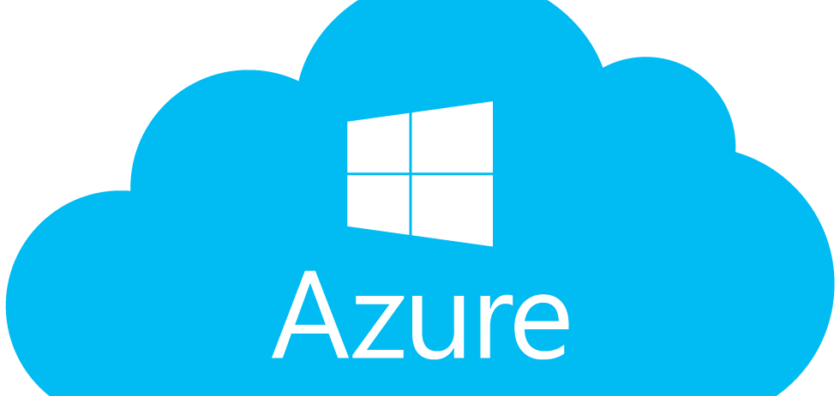HITS Connections

Azure Boosts Microsoft Q2 Results
Story Highlights
The Microsoft Azure cloud computing platform provided a boost to Microsoft’s fiscal second quarter results (ended Dec. 31), according to the tech giant.
Azure revenue soared 93% from the same quarter a year ago as Azure compute usage more than doubled, Microsoft said Jan. 27. Revenue from Microsoft’s overall intelligent cloud business, which includes Azure, grew a more modest 8% to $6.9 billion, with revenue from server products and cloud services increasing 12%.
The one weak area in intelligent cloud was enterprise services, where revenue slipped 4% as growth in premier support services and consulting failed to overcome declines in custom support agreements, Microsoft said.
“Across industries, we continue to see strong customer demand for our differentiated cloud solutions,” Microsoft CEO Satya Nadella said on an earnings call. He pointed out that Azure revenue grew 95% in constant currency during the quarter while Azure Premium revenue “grew triple digits for the tenth consecutive quarter.” He told analysts more than three out of four Azure customers are using premium services.
Microsoft is also “leading” when it comes to the “next-generation programming model and developer service innovation with conversational bots, microservices and event-driven serverless compute to help businesses rapidly gain the benefits of cloud infrastructure,” he said. The company’s bot framework is “being used by more than 77,000 developers to do everything from e-commerce to customer service,” he said. Azure Functions, meanwhile, is helping companies including Accuweather and Plexure, to “quickly and easily implement business critical, event-driven processes, and everyone from game developers to financial services companies are using Azure Service Fabric for their low-latency, high –scale, microservices-based applications.”
The company is also “rapidly expanding” its portfolio of data and artificial intelligence (AI) capabilities in Azure, he said. Cognitive Services, now integrated with Azure Data Lake storage, allows Microsoft customers to use “industry-leading AI capabilities to easily analyze images, text, emotions and sentiments at petabyte scale,” he said.
Microsoft’s commercial cloud revenue run rate increased to more than $14 billion in the second quarter, up 49% from a year earlier, Microsoft CFO Amy Hood went on to say during the call. The company’s commercial cloud gross margin percentage was 48%, up 2 points from last year, “largely driven by improvement in the Azure gross margin percentage,” she said.
The “material gross margin improvement” that Microsoft saw in Azure during the quarter “continues the path we’ve actually been on,” she said later on the call, during the Q&A. Customers are continuing to ask Microsoft for help in “managing their digital estate consistently, securely, through one interface,” and Microsoft is seeing “growth across all components of that cloud,” she said.
Total Microsoft second-quarter revenue grew to $24.1 billion from $23.8 million, with product sales falling to $16.54 billion from $17.97 billion, but service and other revenue increasing to $7.55 billion from $5.82 billion. Profit increased to $5.2 billion (66 cents a share) from $5 billion (62 cents a share).
Another positive sign for Microsoft was that the consumer PC market is “stabilizing,” Nadella said on the call. “Gamers are increasingly turning to Windows 10 premium PCs for the best gaming experience, logging more than 26 billion hours of game play on PCs and tablets this year,” he also said, adding Xbox Live monthly active users grew to 55 million in the second quarter. He called the latter a “new record,” noting there was “growth across PCs, mobile and console.” Microsoft shares were up 2.21% at $65.69 in early afternoon trading Jan. 27.









